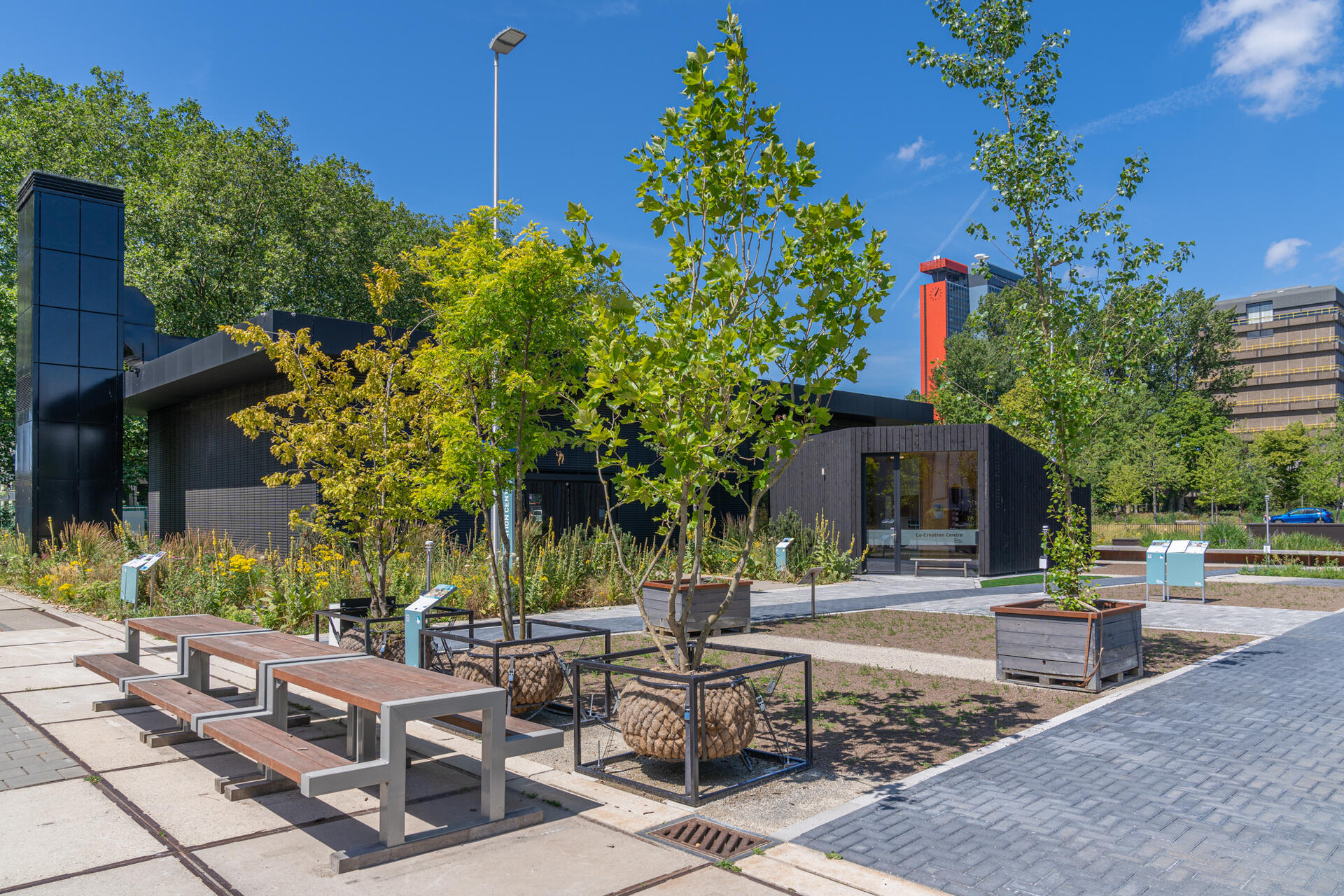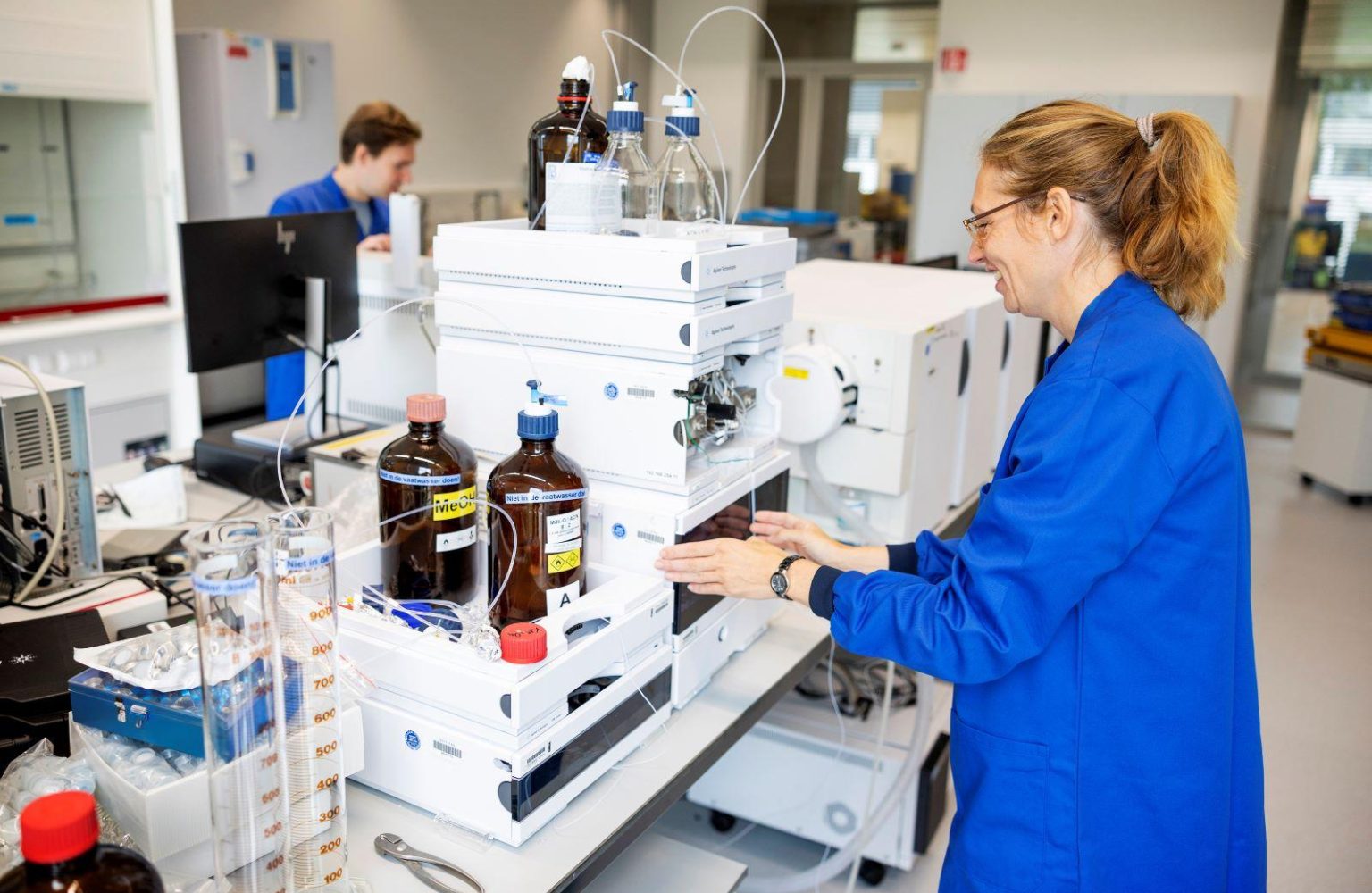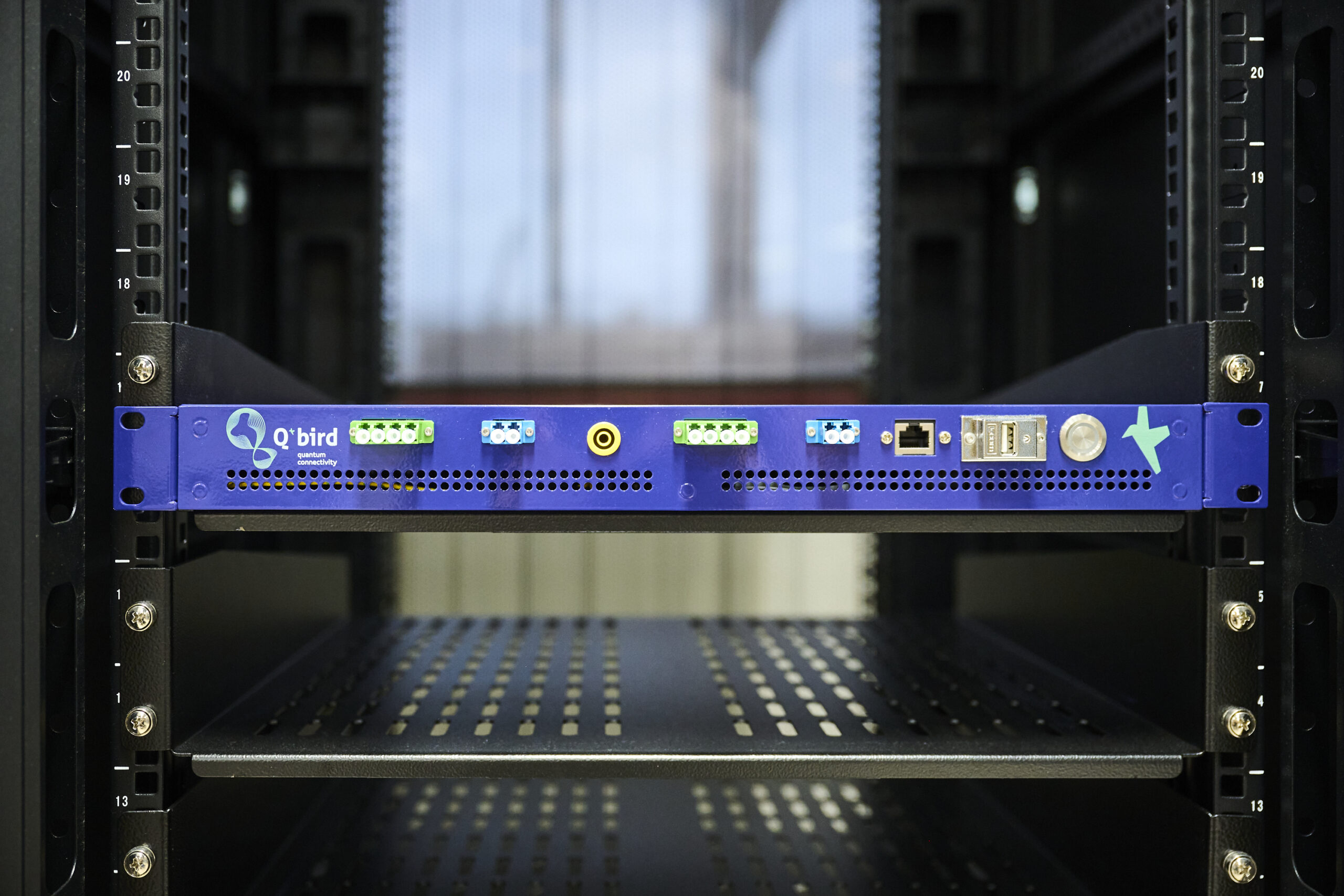
Rotterdam Zoo opened its doors in 1855, which makes it one of the oldest zoos in the Netherlands. So in a way it is remarkable that this historic location in Rotterdam has been a ‘field lab’ for testing the latest technological innovations since 2014. What makes the zoo unique is its size: with 28 hectares it is the size of a small neighbourhood. The water management system makes it a particularly interesting case for VPdelta, the Delta Technology & Water Valorisation Program at TU Delft. Here, controlled testing can be done with promising innovations. The goal: cities that remain liveable in the future.
“For many startups this is the ultimate testing ground,” says Lindsey Schwidder enthusiastically. She works as Project Manager Water Innovations at VPdelta and has been driving the collaboration between VPdelta and Rotterdam Zoo for 3.5 years. The startups in their portfolio are eager to test innovations in the zoo or have already started, which is why it is buzzing with innovative ideas.
“These real-life testing grounds, also known as field labs, are public test locations where startups and other innovative companies can test prototypes and products to prepare them for the market,” Lindsey explains. VPdelta is the linking pin in the collaboration between research (the public side) and commerce (the private side). They strive to accelerate the search for innovative solutions for water issues. “We call Rotterdam Zoo an ‘Urban Delta’ because it is centrally located in Rotterdam. The zoo’s water management affects the rest of the city. ”
Ultimate testing ground
Because of corona measures the zoo has had to close its doors temporarily, but testing at the field lab is still in full swing. In the coming period, a number of startups are gearing up to move their technologies from the drawing board to the real world.
Startup Reefy for example, will place blocks in the Oceanium to monitor the growth of coral. They saw a worldwide decline in coral reefs and therefore developed a system that makes ‘Lego blocks’ out of natural materials such as sand or mud. The stackable blocks are not only habitats for marine animals and vegetation, but are also breakwaters that protect harbours and coastal areas.
With a green facade system, Muuras is going to test how wastewater can be purified in a closed water cycle by using plants. By attaching lightweight filters to the frontage of a building, they essentially create a vertical swamp (also called ‘wetland’). This way water is purified and supplied locally, instead of the central treatment and supply that Dutch water companies now do. Muuras also wants to tackle the disappearance of nature in cities with their green wall, which is under pressure due to urbanisation.
POND looks to extract energy from polluted water in ponds at Rotterdam Zoo. When molecules biodegrade, they capture the released electrons (electrically charged particles) with sensors and convert them into electricity. ‘The dirtier, the better’ applies here, because dirty water has more molecules and therefore more electrons. Measuring the difference in energy of the large pond (relatively clean water) and the pond in the pelican enclosure (relatively foul water) will help the further development of POND’s technology.
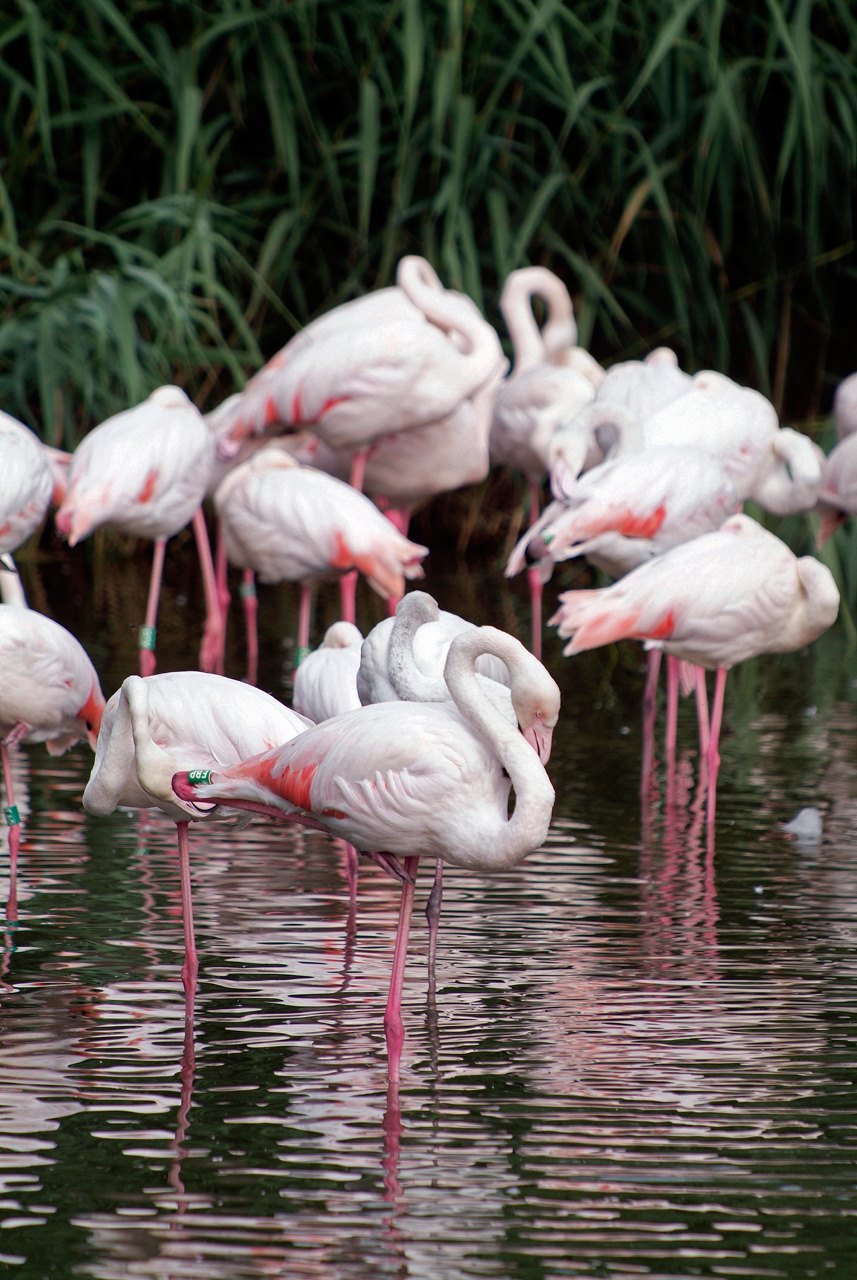
POND will test in the pelican enclosure
A showcase for innovation
Lindsey works closely with René Reusen, Project Manager at the zoo and graduated civil engineer from TU Delft. Sustainability is of high importance to the zoo. ‘Rotterdam Zoo inspires people to work together to protect the earth we share,’ the zoo states on their website. The main focus is education, because with 1.5 million visitors from all walks of life every year, the zoo is the most visited field lab in the Netherlands.
“Lindsey is my filter”, says René jokingly, “because if she comes up with a new concept, I know to pay attention. I can blindly rely on that expertise.” The speed with which is handled, is quite impressive. Because of swift decision-making within the organisation we can make relatively quick decisions on greenlighting new testing or not. In addition, within the park the zoo only has its own rules to comply with. Recognisable signs clarify that testing is taking place, because the aim is that guests also experience the innovations during their visit. “What does the zoo do? But also, what can you do yourself? That’s the message we want to convey ”, says René.
Climate adaptive forecourt
This spring, a large-scale project of two VPdelta startups Field Factors and Bufferblock will be completed: the construction of a climate adaptive forecourt (situated at the old entrance). At first the square would only be raised, now rainwater is also stored and reused. The capacity of this buffer is sufficient to provide the entire old part of the zoo with clean rainwater instead of precious drinking water.
VPdelta advised that just raising the forecourt would be a missed opportunity. A more innovative approach by also capturing and reusing rainwater would not only save costs, but would also inspire zoo visitors to use water more consciously.
Lindsey’s connecting role was crucial for the implementation of the project, as the construction of a climate adaptive forecourt is more expensive than the construction of a ‘regular’ square. This has been achieved thanks to a financial contribution from the water board of Schieland en Krimpenerwaard and the Municipality of Rotterdam.
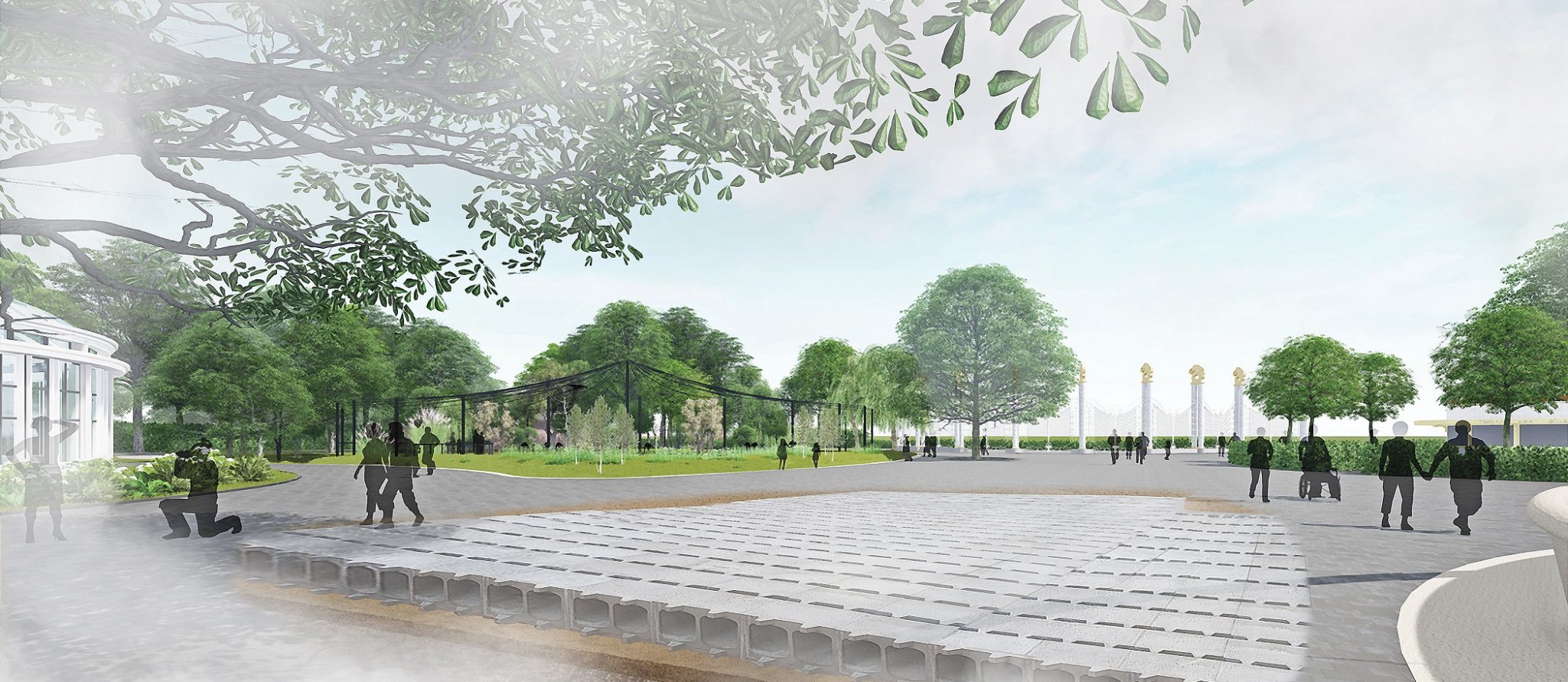
Artist impression of the climate adaptive forecourt
Stimulating water awareness
The collaboration between VPdelta and Rotterdam Zoo started in 2014. In the run-up to the water board elections, the water board of Schieland en de Krimpenerwaard and the Municipality of Rotterdam realised that the zoo could play a more important role in stimulating water awareness. For instance by implementing projects to let visitors come into contact with important measures that are taken.
Water quality for example, was substandard and there were local complaints, especially in dry summers when the feces of the animals in the water released strong smells. The Delft University of Technology and Rotterdam University of Applied Sciences were asked to conduct an investigation into the water system, which is now repeated annually to keep the water in good quality. The water balance improved and the relationship grew to what it is today.
Open attitude
“We don’t just test with innovations in the field of water, but also look at generating solar energy, installing LED lighting, making insulation material more sustainable and separating waste flows. But clean water is essential for us because it is reflected in all parts of the zoo ”, René emphasises.
The collaboration with Rotterdam Zoo is inspiring, says Lindsey: “Working together can be very simple really. Do you want to try something? Let’s do it!”. She points out that the open attitude of the more than 150-year-old zoo is refreshing and innovative. Having and maintaining the right contact makes all the difference. “René and I really complement each other – that works.”

